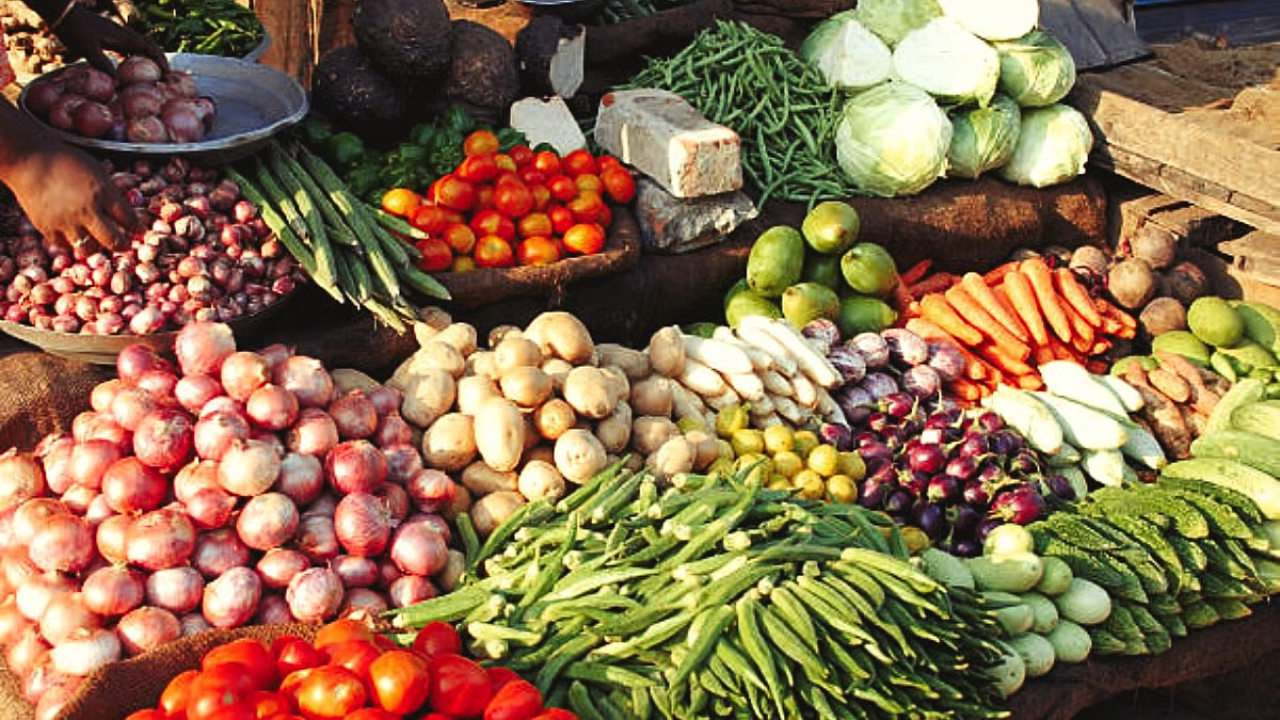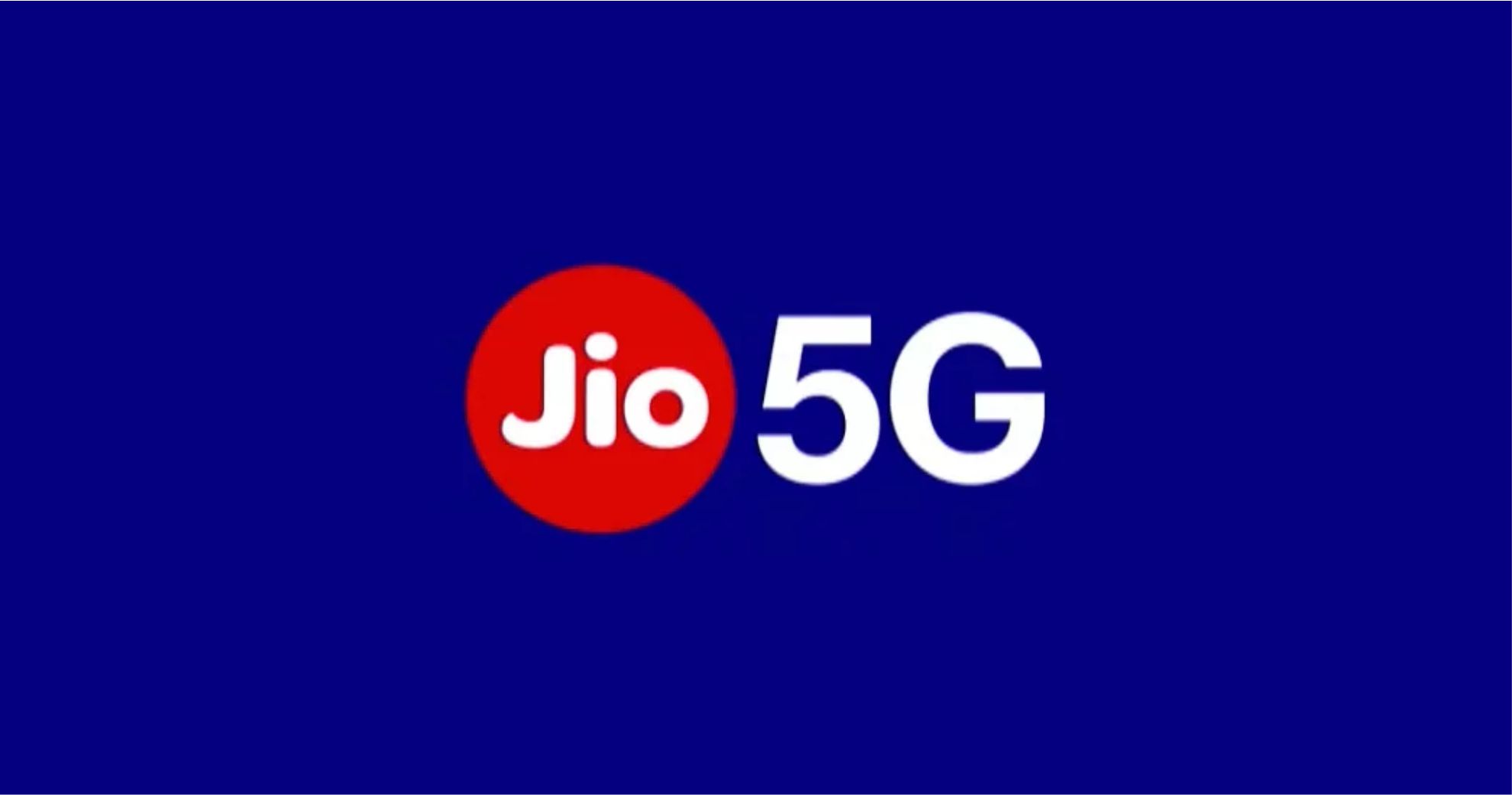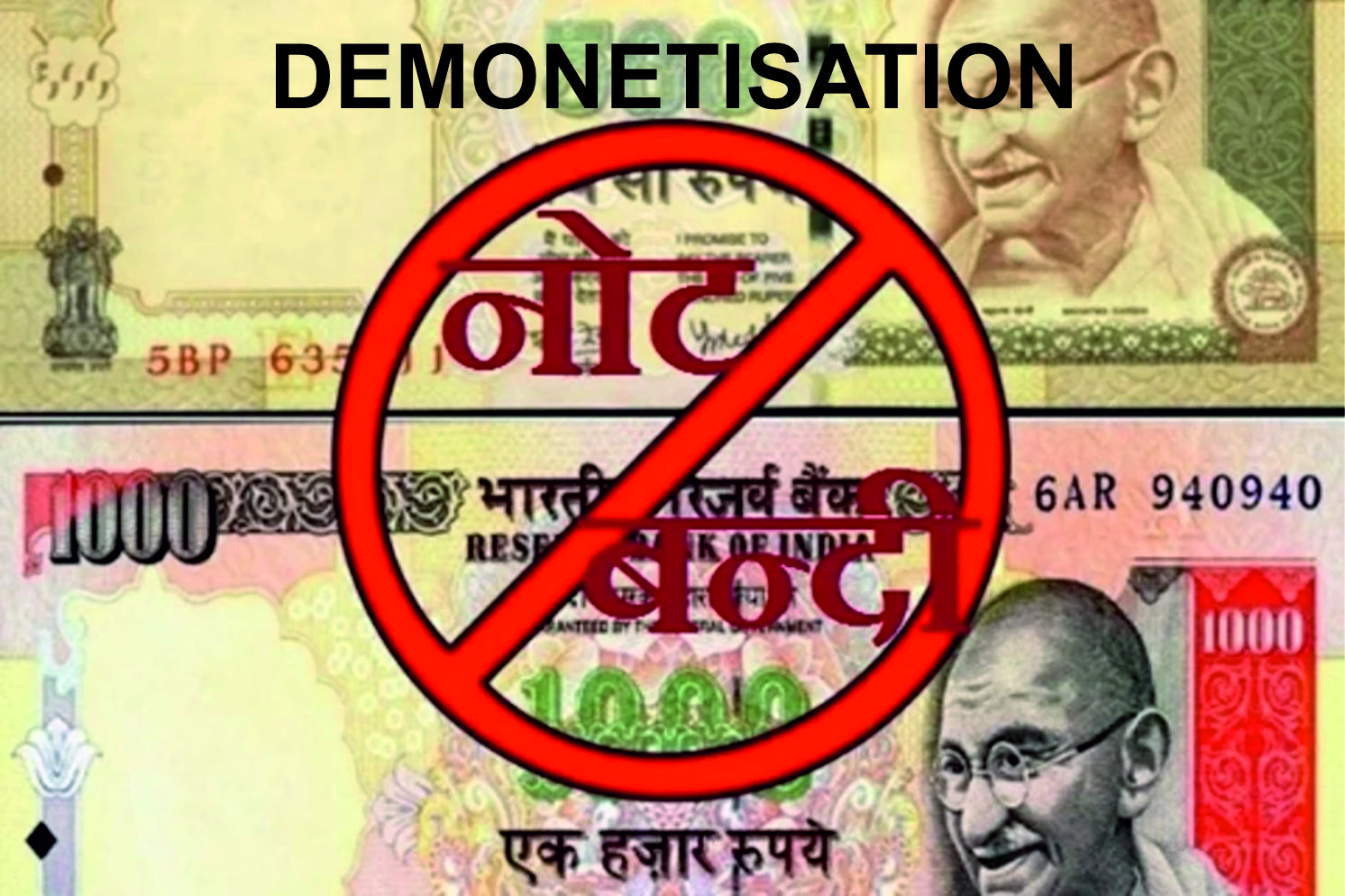India’s CPI Inflation Falls to 8-Year Low of 1.54% in September

Mumbai | October 14, 2025
India’s retail inflation, measured by the Consumer Price Index (CPI), fell sharply to an eight-year low of 1.54 per cent in September 2025, as per data released by the Ministry of Statistics and Programme Implementation (MoSPI). This marks the lowest year-on-year inflation since June 2017, and a significant drop from 2.05 per cent recorded in August 2025.
The decline was primarily driven by a broad-based fall in food and fuel prices, supported by a favourable base effect and improved supply-side conditions. The easing of inflation provides considerable policy flexibility to the Reserve Bank of India (RBI), which has been focused on maintaining price stability while supporting economic growth.
Food Prices Continue in Negative Zone
Food inflation remained negative for the fourth consecutive month at –2.28 per cent in September. The decline was attributed to lower prices across major food categories including vegetables, edible oils, pulses, cereals, fruits, and eggs.
According to the official statement, “The decline in headline inflation and food inflation during September is mainly attributed to a favourable base effect and the decline in inflation of vegetables, edible oils, fruits, pulses, cereals, and eggs. Besides, fuels also turned cheaper during the month.”
A combination of good southwest monsoon, healthy kharif sowing, adequate reservoir levels, and comfortable buffer stocks of foodgrains has helped stabilize supplies and ease pressure on food prices.
Impact of GST Rate Rationalisation
The Goods and Services Tax (GST) rate cuts implemented from September 22, 2025, have begun to influence price trends across several goods. The reduction in GST rates on essential items and select consumer durables has led to lower retail prices, which are expected to bring down the overall inflation trajectory further in the coming months.
The RBI’s Monetary Policy Committee (MPC) had earlier revised its inflation forecast for FY2025-26 to 2.6 per cent, down from 3.1 per cent projected in August, citing the effect of GST rate cuts and easing food prices.
RBI Governor Sanjay Malhotra stated, “The recently implemented GST rate rationalisation would lead to a reduction in prices of several items in the CPI basket. Overall, the inflation outcome is likely to be softer than what was projected in the August monetary policy committee resolution, primarily on account of the GST rate cuts and benign food prices.”
Macroeconomic Implications
The sharp moderation in inflation enhances the scope for a pro-growth monetary policy stance. With inflation now well below the RBI’s medium-term target of 4 per cent, the central bank has greater room to continue with a soft monetary policy, including the possibility of interest rate reductions to support investment and consumption demand.
Economists believe that the current inflation trajectory strengthens the case for further monetary easing, particularly if global crude oil prices remain stable and food prices continue to decline.
Furthermore, the moderation in retail inflation is expected to boost consumer purchasing power and improve corporate margins, particularly in sectors such as FMCG, retail, and manufacturing, where input costs have been a concern over the past year.
Core Inflation and Fuel Trends
Inflation within the fuel group moved within a narrow range of 2.4–2.7 per cent during June–August 2025, while core inflation (excluding food and fuel) remained largely contained at 4.2 per cent in August. When excluding precious metals, core inflation was recorded at 3.0 per cent, suggesting limited second-round effects from earlier price shocks.
Stable global energy prices, coupled with domestic tax rationalisation and a relatively strong rupee, have also contributed to moderating fuel inflation.
Outlook for FY2025–26
The inflation outlook for FY2025–26 appears significantly more benign. Analysts expect CPI inflation to remain below 3 per cent for most of the fiscal year, supported by:
-
Favourable base effects;
-
Adequate foodgrain reserves;
-
Stable crude oil prices;
-
Lower indirect tax incidence; and
-
A resilient agricultural sector.
MoSPI data also indicates a sustained improvement in supply conditions across several key food commodities, suggesting limited upside risks to prices in the near term.
The benign inflation scenario, combined with strong industrial output and robust service sector performance, positions the Indian economy for stable, broad-based growth in the second half of FY2025–26.
Conclusion
India’s record-low inflation underscores the success of a combination of supply-side management, tax rationalisation, and favourable agricultural conditions. With headline CPI inflation at its lowest in eight years and food inflation in negative territory, policymakers now have greater flexibility to focus on sustaining economic momentum.
The RBI is expected to remain accommodative in the short term, with potential for calibrated rate cuts aimed at supporting growth without jeopardising price stability.
As inflation trends remain benign and domestic demand strengthens during the festive season, India’s macroeconomic outlook for 2025–26 remains firmly positive.



 143
143

 The BharatBiz
The BharatBiz
 16
16

